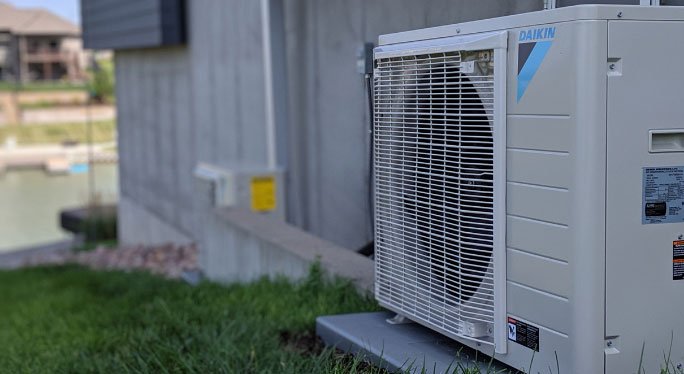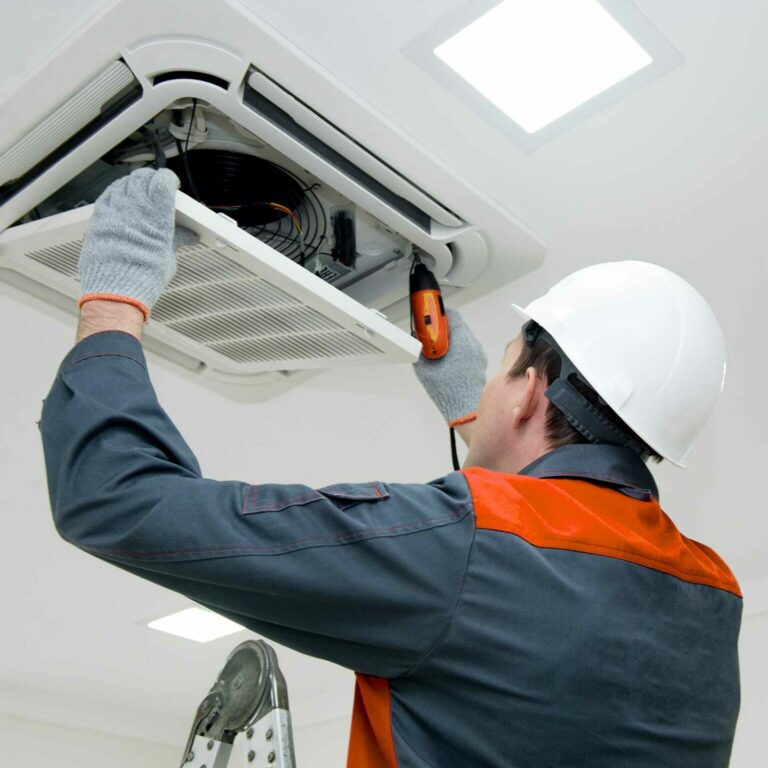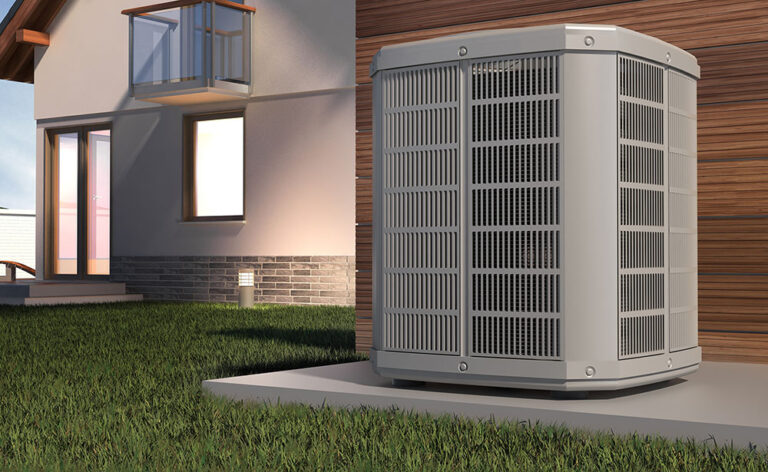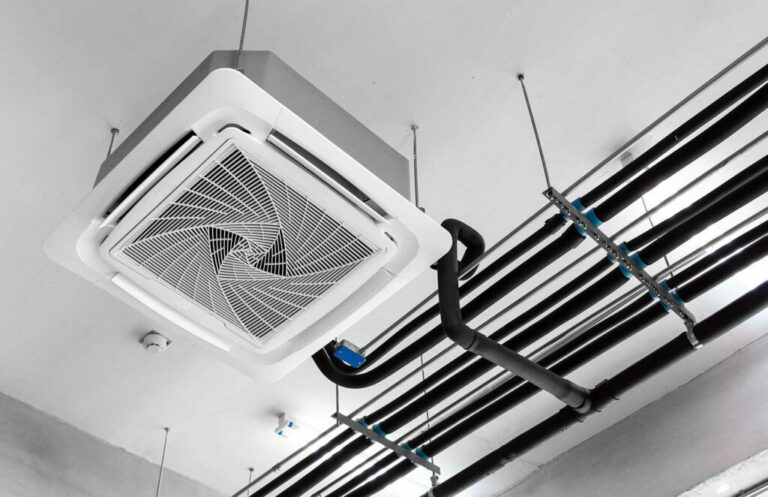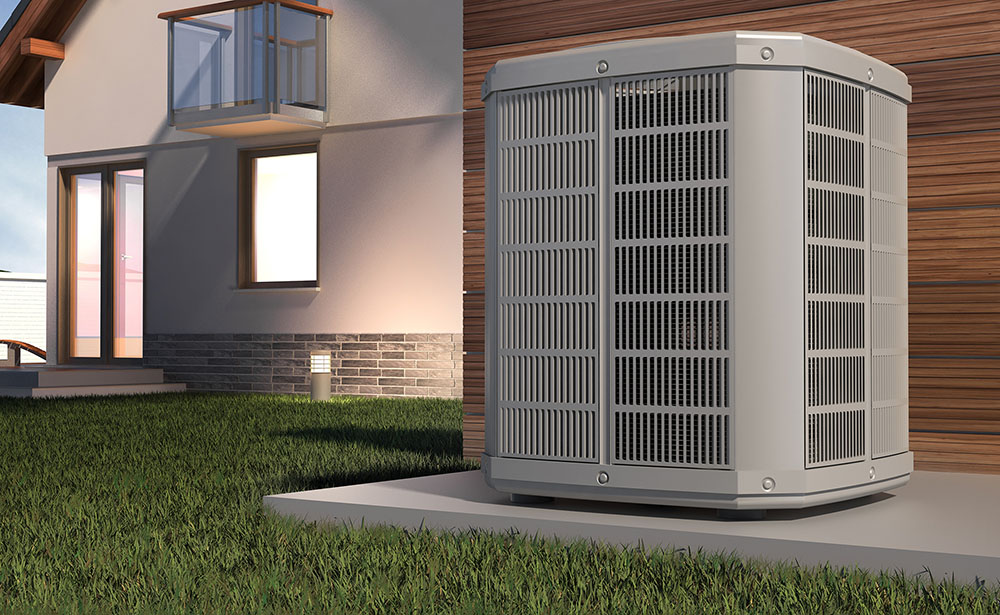
Replacing an HVAC system can seem like a daunting task, but understanding the process can help ease any concerns. Knowing what to expect can ensure a smooth transition and optimal performance from your new system.
Let’s explore what happens when an HVAC system is replaced, from preparation to installation and the benefits you can expect.
Preparation and Assessment
Before the actual replacement begins, a thorough assessment of your current HVAC system is necessary. An HVAC and Boise air conditioning professional will inspect the existing system to determine its condition, size requirements, and any specific needs for the new installation.
During this assessment, the technician will:
- Evaluate the efficiency and performance of your current system.
- Measure your home or business to ensure the new system is appropriately sized.
- Identify any ductwork issues or necessary modifications.
This step is crucial to ensure that the new HVAC system will be efficient and suitable for your space.
Removal of the Old System
Once the assessment is complete, the next step is to remove the old HVAC system. This involves disconnecting and safely disposing of the old unit, including any refrigerant and electrical connections. The process includes:
- Shutting down and disconnecting the old system.
- Carefully removing the unit and any associated components.
- Properly disposing of the old system according to environmental regulations.
Removing the old system can take several hours, depending on the complexity and size of the unit.
Installation of the New System
Installing the new HVAC system is a detailed process that requires precision and expertise. Here’s what happens during the installation:
- Placement and Connection: The new HVAC unit is placed in the designated location, and all necessary connections are made. This includes electrical wiring, refrigerant lines, and ductwork adjustments.
- Testing and Calibration: Once installed, the system is tested to ensure it is operating correctly. This involves checking the airflow, refrigerant levels, and thermostat settings.
- System Integration: Modern HVAC systems often include smart technology and advanced features. Integrating these with your home’s existing systems may involve additional steps, such as setting up a smart thermostat.
Proper installation is vital for the new system’s performance and efficiency. It ensures that the HVAC or Boise air conditioning system will provide optimal comfort and energy savings.
Benefits of Replacing Your HVAC System
Replacing your HVAC system offers several significant benefits:
- Enhanced Efficiency: New HVAC systems are more energy-efficient, leading to lower utility bills and reduced environmental impact.
- Improved Comfort: Modern systems provide better temperature control, consistent airflow, and improved air quality.
- Reduced Maintenance Costs: A new system is less likely to break down, reducing the need for frequent repairs and maintenance.
- Advanced Features: Newer systems come with advanced features such as smart thermostats, humidity control, and variable speed motors, enhancing overall comfort and convenience.
Post-Installation Support
After the installation, ongoing support is crucial to ensure your new HVAC system continues to operate efficiently. This includes regular maintenance, filter changes, and system checks. Many HVAC companies offer maintenance plans to keep your system running smoothly and extend its lifespan.
Conclusion
Replacing your HVAC system involves a thorough assessment, careful removal of the old unit, and precise installation of the new system. The benefits of a new HVAC system, including improved efficiency, comfort, and advanced features, make the investment worthwhile.
For a hassle-free HVAC replacement, contact Innovative Mechanical Solutions today! Our expert team will guide you through the entire process, ensuring a smooth transition and optimal performance from your new Daikin system.

